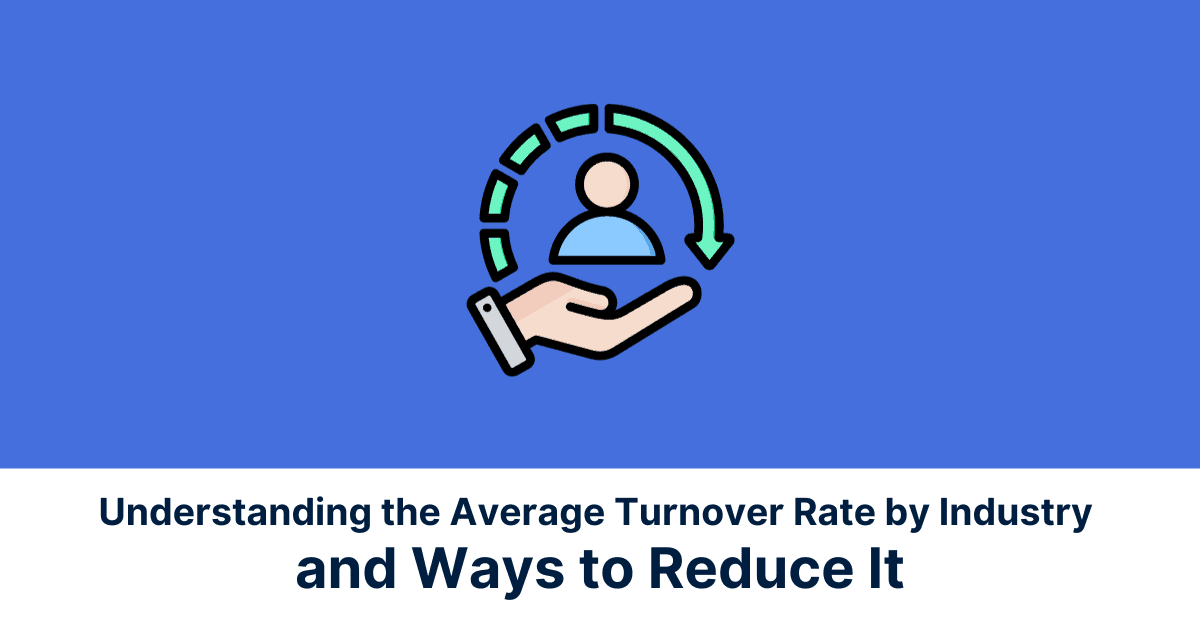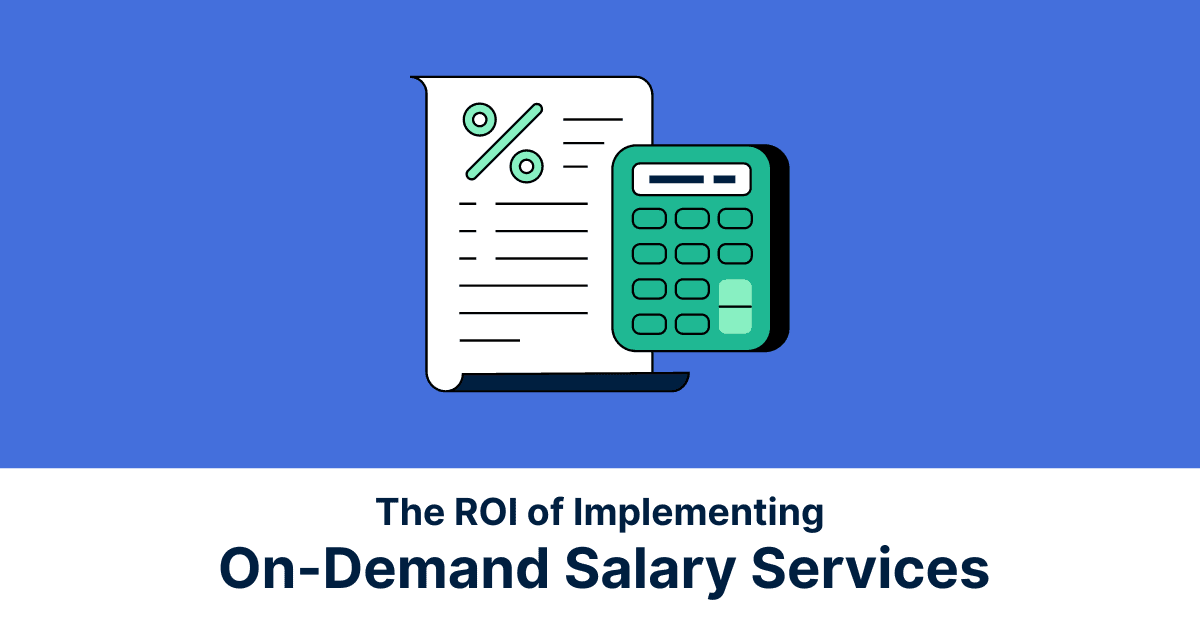In today’s age, people are resigning from their jobs at a pace faster than the ability of businesses to swiftly fill those vacancies.
This is why employee turnover rate is a crucial statistic, and has nudged organisations to work on ways that would compel one to remain in an organisation. Employee turnover can be a costly burden for companies. In many industries, the cost of losing valuable talent is escalating, fueled by increasingly competitive labour markets.
In this article, we will understand employee turnover rates across various industries and ways to mitigate high turnover.
Industries with high employee turnover rate
As per LinkedIn insights in 2022, the average turnover rate across industries globally stood at 10.6%.
Above-average turnover rate by industry:
- Professional services: 13.4%
- Tech and Media: 12.9%
- Entertainment: 11.8%
- Retail: 11.4%
High turnover in companies can be attributed to a variety of factors, let’s understand these factors:
Stagnant/inadequate compensation:
When employees perceive a disconnect between their contributions and their compensation, they become more susceptible to pursuing alternative employment opportunities. Competitive pay is a hedge against employee turnover.
Poor work-life balance:
Prolonged working hours, exhausting workloads, and an absence of flexibility can lead to burnout, demotivation and dissatisfaction among employees. In today’s work environment, individuals prioritise a healthy work-life balance, and companies that fail to provide this may face increased turnover rates.
Negative work culture:
An unhealthy company culture can be a major driver of turnover. Employees who do not feel comfortable in their workplace or who perceive a lack of alignment with the company’s values may choose to leave.
Lack of feedback and recognition:
The only thing worse than bad feedback is no feedback, as it leaves employees without direction or guidance for skill development and can lead to surprises when negative reviews are received.
Feedback and recognition don’t need to come only from the manager to make a big impact. Peer-to-peer recognition programs are successful. Peer-to-peer recognition programs have proven effective in creating a supportive and encouraging work environment.
Decreased productivity:
If employees feel that their skills are not being utilised or that there is no clear path for progression within the company, they may become frustrated and disengaged. This can lead to decreased productivity, increased absenteeism, and a higher turnover rate.
Boredom:
Lack of challenging work that keeps employees engaged and motivated, can be another factor that adds to employee turnover in companies.
Managers play a crucial role in addressing this issue. They should encourage their teams to achieve current goals while also assigning challenging projects that push employees beyond their comfort zones.
Encouraging a “growth mindset” within the team is essential, emphasising skill development and encouraging calculated risks. Cultivating a culture that embraces failure is a key component of this process.
Bad managers:
Toxic managers have received ample attention, rightfully so. They hog credit for others’ work, play favourites, and may even exploit their subordinates. Companies must eradicate such individuals in leadership. However, identifying managers who are simply incompetent is a subtler challenge.
It’s startling to know that most of the leading causes of employee turnover, such as inadequate compensation, poor work-life balance, limited training, and scarce career advancement opportunities, stem from the manager’s actions or inactions.
Industries with low employee turnover rate
Government organisations showed the lowest turnover, registering a rate of only 8.4%, in contrast to the overall average of 10.6%
Below-average turnover rate by industry:
- Government admin: 8.4%
- Construction: 9.2%
- Real estate: 9.3%
- Transportation: 9.3%
- Manufacturing: 9.3%
It’s noteworthy that several industries, such as construction, transportation, and manufacturing, which have turnover rates below the average, also heavily depend on on-site talent, much like many high-turnover sectors.
Let us understand the factors behind low employee turnover rate:
Competitive compensation:
When employees feel compensated appropriately for their skills and experience, they are less likely to seek employment opportunities elsewhere. Competitive compensation packages can help organisations attract and retain top talent, leading to a more productive and engaged workforce.
Career advancement opportunities:
Employees are often on the lookout to enhance their skills and want to keep up with the advances in their industry.
When employees see a clear path for their career growth, they are more likely to be satisfied and motivated to stay. Organisations that provide opportunities for professional development and advancement can reap the benefits of a more engaged, skilled, and loyal workforce.
Strong team dynamics:
When team members feel connected to their colleagues and work together effectively, they are more likely to feel valued and appreciated. This can lead to increased job satisfaction and a reduced desire to seek employment elsewhere.
Transparent communication:
Open and transparent communication about company goals, strategies, and changes helps build trust and keeps employees informed, reducing uncertainty and potential dissatisfaction.
Employee benefit programs:
Apart from the usual statutory benefits, companies that prioritise employee well-being through wellness programs, mental health support, and other initiatives contribute to a positive workplace and lower turnover.
Healthy work-life balance:
Companies that recognise the importance of work-life balance are more likely to attract and retain top talent. By providing flexible work arrangements, encouraging breaks and vacations, and promoting a culture that values personal time, organisations can create a more balanced and fulfilling work-life experience for their employees.
What is a good turnover rate?
Aiming for a low turnover rate is a key indicator of a company’s ability to attract and retain talent.
Generally, a turnover rate of 10% or less suggests that the company is doing well in terms of retaining its employees. On the other hand, employee turnover can change depending on the type of business, the jobs involved, and other things. Usually, some turnover is expected and can even be good for a company because it brings in fresh ideas and ways of thinking. But if turnover is too high, it could be a sign of problems that need to be fixed.
10 ways to reduce high employee turnover
Tackling employee turnover, needs a well-structured strategy that covers various facets of the work environment and employee experience. Here are some effective methods to minimise high rates of attrition:
- Define career paths
- Offer incentives
- Be flexible when possible
- Create opportunities for growth and development
- Have open door policies
- Have regular 1-on-1
- Include employees in your company vision
- Create a respectful work environment
- Hire the right talent to manage expectations
- Offer competitive salaries and benefits
While you have legal obligations to provide certain employee benefits, it’s crucial to go beyond these basics. Developing a comprehensive benefits package is vital for attracting top talent.
On-demand Salary or Salary Advance, is a benefit employers can offer; to let employees access their earned wages on demand, before payday. It can help employees meet financial emergencies and avoid predatory loans. This benefit serves as a great retention tool for companies as it provides timely financial aid to employees.
Jify is a smart financial wellness provider and strategic partner for employee-focused organisations. With simplified On-demand salary solution integration, Jify also provides a wide array of financial wellness solutions such as financial coaching, modern savings tools like digital gold and a Rupay Card that enables smarter spending.
Conclusion
Employee turnover or attrition is costly because it disrupts operations and diverts resources from core business activities.
Collecting data and insights alone won’t enhance retention and reduce turnover; actionable steps are crucial. While monitoring employee turnover, retention serves as the initial step, the real effort comes when analysing these rates in comparison to industry standards and taking necessary actions to execute retention strategies.
Reducing the employee attrition rate will be an ongoing effort, and the above-mentioned strategies will help you make your workplace a positive environment where employees would like to work.
The focus of an employee shifts and they start looking for other opportunities only when they aren’t appreciated enough, or when they have no room to grow. Pay attention to your employees, and understand their needs to have a long-lasting employee-employer relationship.



















